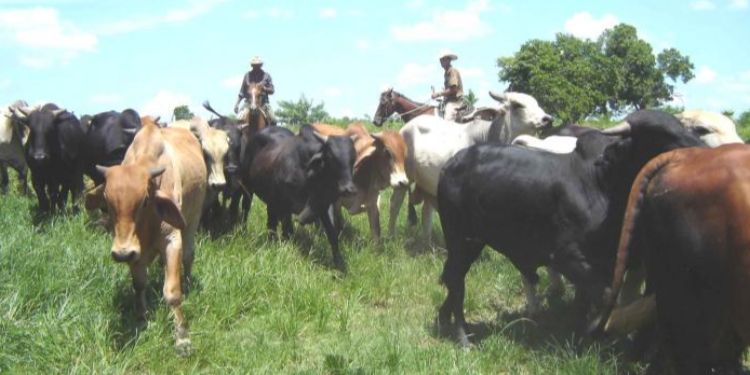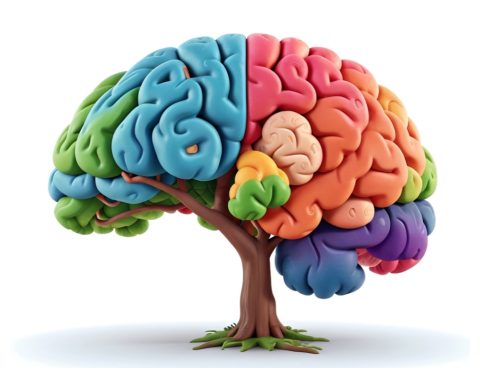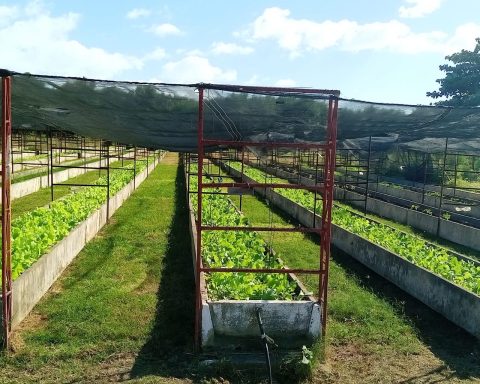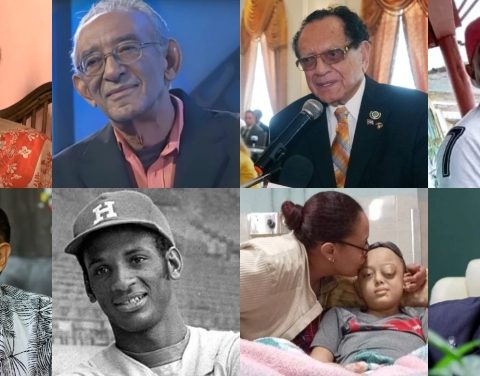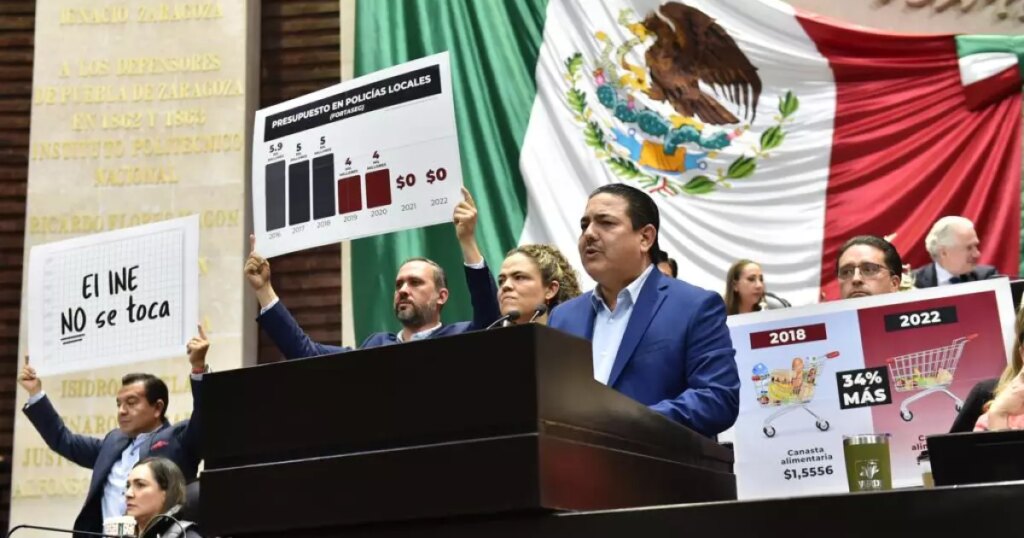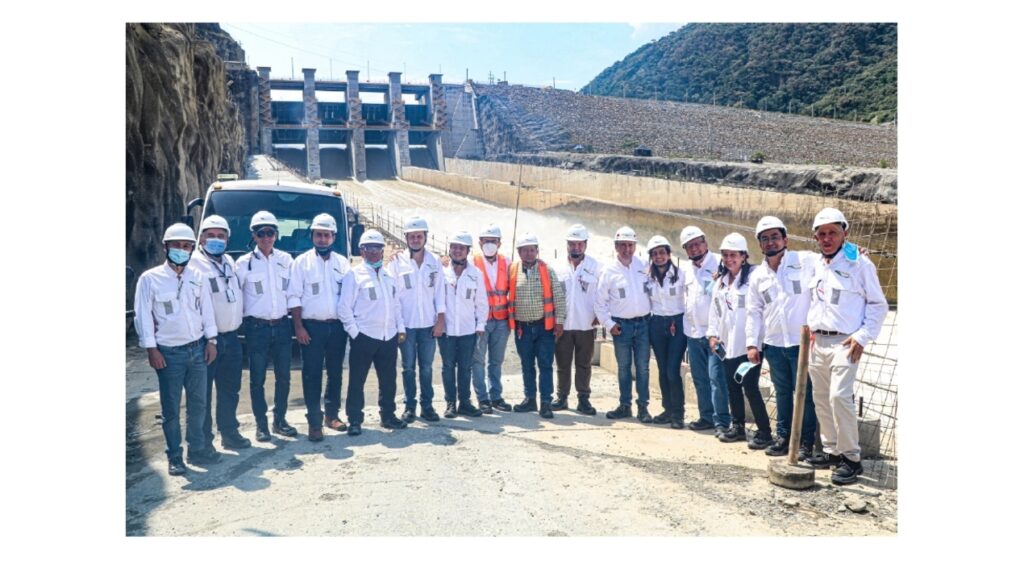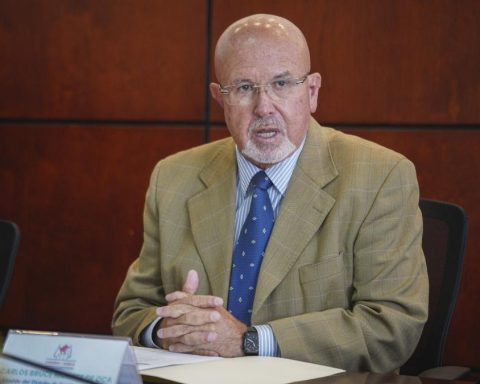Mexico City, Mexico. – The newspaper Granma In its November 8 edition, it reviewed the meeting of an Argentine official with the Cuban ruler, Miguel Diaz-Canel. This is Jorge Nemes, Deputy Chief of Staff of the Government of Argentina. between the two governments, a collaboration agreement was signed in January of this year to create “a general legal framework for cooperation and business development between the agriculture, livestock and agri-food industry sectors, with a view to promoting the productive capacity of the agri-food sector and achieving food sovereignty and security and nutritional”.
From the official information disclosed, we only know that a grain planting program will begin in December. another note from Granmapublished in May, points out how this type of collaboration requires the financing of two Argentine banks: “The National Bank of Argentina to grant financing to producers who want and can invest in Cuba, and the Central Bank of Argentina and other institutions to look for financing mechanisms in foreign currency”.
What are two governments doing that are directly involved in financing beef cattle production in Cuba?
Making very difficult what can be done easily
In accordance with Granma, 80% of the livestock is in the hands of non-state ranchers. However, information in the independent media states that the vast majority of peasants are usufructuaries, that is, they do not own the land. In addition, they are not owners of the livestock, which they can manage, but not slaughter or trade with whoever they want.
Even small landowners cannot freely trade or slaughter livestock. According to the current Penal Code, anyone who slaughters cattle without state permission will be condemned between three and eight years of imprisonment. They all have to associate with the State for supplies, credits and the sale of beef and milk to companies (very expensive and inefficient intermediaries).
Legitimizing private property over land and livestock with an antitrust law, but freeing up property, production and trade, Cuban citizens could access beef and milk in a short time, now sequestered by state monopolies. . This is not a concern for “the country’s leadership”, because the hierarchs of the regime have guaranteed access to vegetables, fruits, seafood and beef, among other products, thanks to their “special” state farms.
It is very unfortunate that the National Office of Statistics and Information (ONEI), Cuba’s official data source, does not report on all the impediments to food production on the Island. Even more serious than the FAO, a UN agency, do not publish the indices of “food security” or “food insecurity” in the country. We know by the director of the FAO that the estimate of the undernourished population in Cuba in 2013 was only 5%, one of the false figures reported by the Cuban kleptocracy to international organizations.
And it is false because the ration book does not cover the 30 days of the month, but only a third of this time, and therefore does not ensure the minimum kilocalories per capita for each adult.
Hunger in Cuba is not an isolated and punctual problem, but of the majority of the population. The Government hides the information and considers the population’s access to food a “secret” issue because it would reveal government incompetence and, furthermore, the sustained kidnapping of the country’s productive apparatus.
However, the independent press and social networks show food shortages in all provinces on a daily basis. Recently, the fifth report of the Cuban Observatory of Human Rights confirmed that most Cubans do not have three meals a day, but rather skip breakfast or lunch, due to food shortages but also because of galloping inflation in the country. Only a third of the Cuban population, according to this study, receives family remittances.
Faced with this devastating panorama, the Cuban kleptocracy turns its back on the problem and dedicates itself to establishing agreements with governments and foreign companies to supply international tourism and stores in foreign currency. 70% of the Cuban population does not receive remittances, so they do not have income or food to maintain a minimum level of food survival per capita.
The US embargo has nothing to do with the kidnapping of Cuba’s productive apparatus by the kleptocracy in power. Hunger on the island is not an external problem but an express economic policy of the regime to control food production in the country, and is part of the domination techniques of the Cuban dictatorship to stay in power.
If we compare the production of cattle and milk in Latin America and the Caribbean in relation to Cuba, we see that 60% of rural populations have cattle for self-consumption and to sell freely. The livestock sector in Latin America and the Caribbean, according to FAO datacontributes 46% of the Agricultural Gross Domestic Product and has grown at an annual rate of 3.7%, higher than the average global growth rate.
However, in Cuba the participation of the agricultural sector in the GDP, according to 2016 figures, was 3.9%. While in Latin America and the Caribbean the production of meat and milk increases every year, on the Island it decreases.
OPINION ARTICLE
The opinions expressed in this article are the sole responsibility of the issuer and do not necessarily represent the opinion of CubaNet.
Receive information from CubaNet on your cell phone through WhatsApp. Send us a message with the word “CUBA” on the phone +525545038831, You can also subscribe to our electronic newsletter by giving click here.
